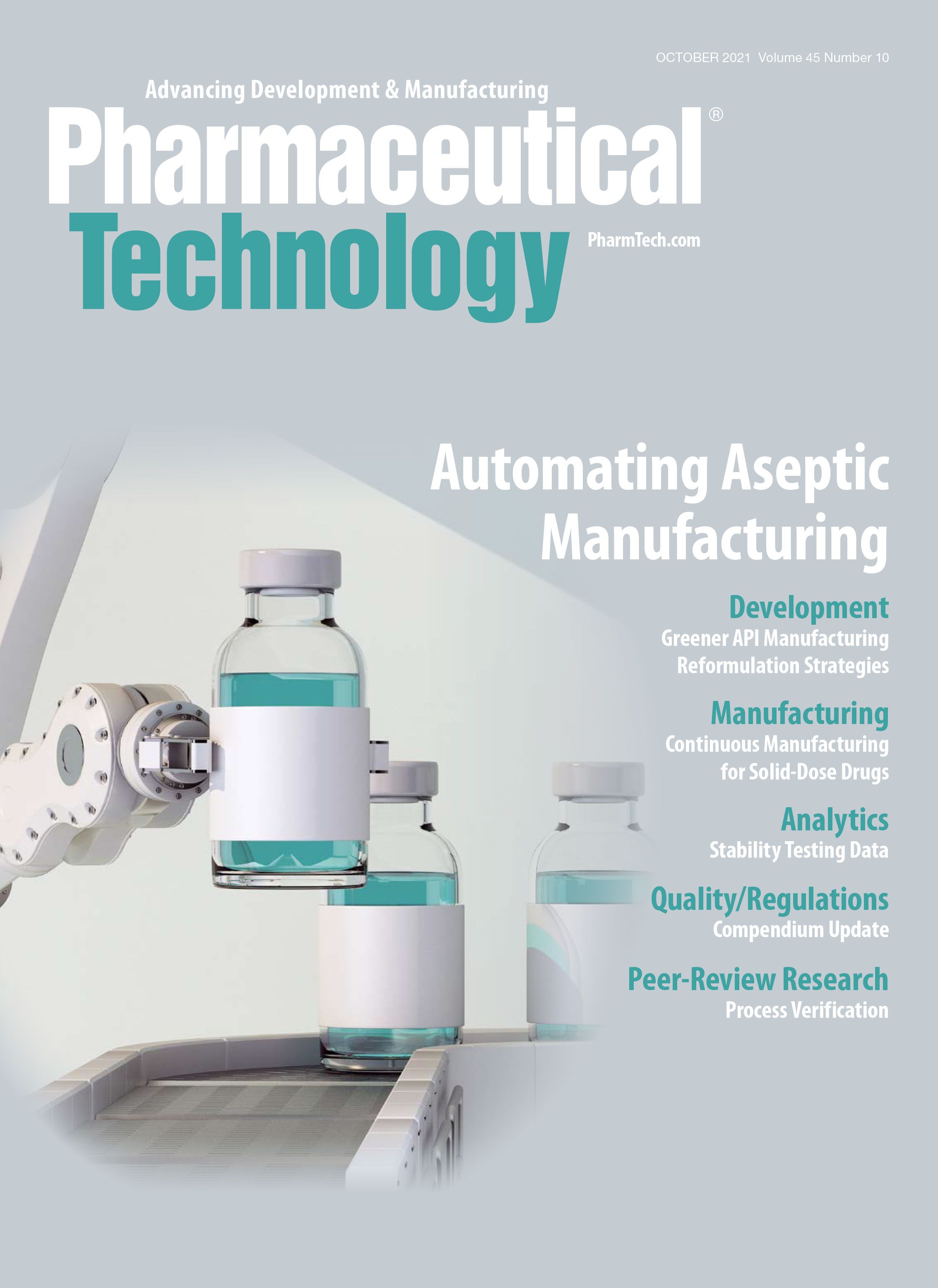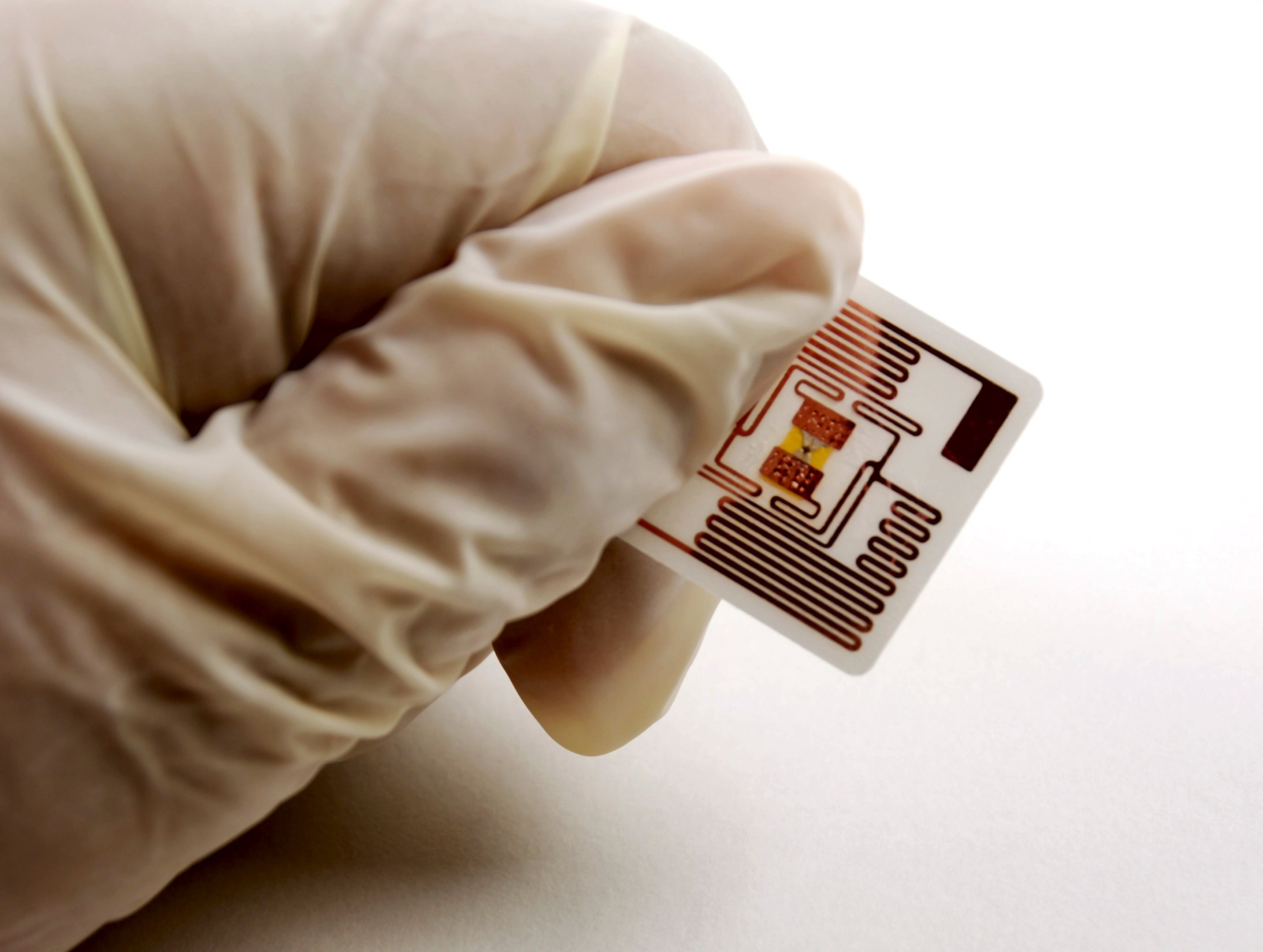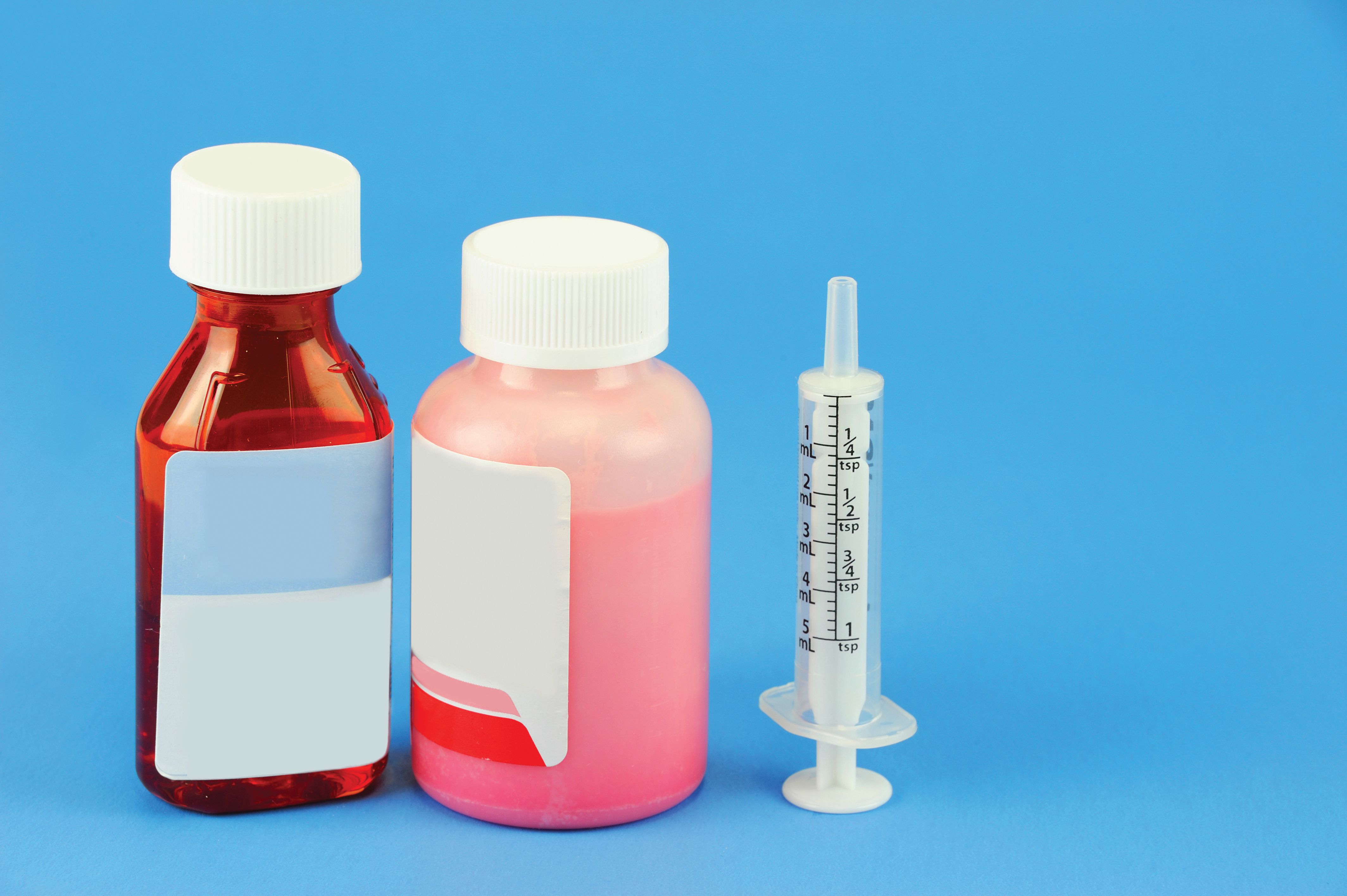News
Article
Pharmaceutical Technology
Adopting Continuous Manufacturing for Solid-Dose Drug Products
Author(s):
Evolving equipment designs meet the unique needs of continuous processing techniques.
Sergey Novikov/Stock.adobe.com

Continuous manufacturing (CM) has the potential to create higher quality drug substances and drug products, with greater flexibility in batch size and with a smaller facility footprint. The definition of what pharmaceutical manufacturers and regulators consider a “continuous process” is broad. The International Council for Harmonisation (ICH) Q13 draft guidance, which was released for public consultation July 27, 2021, gives examples of three concepts of CM: a combination or hybrid approach in which some unit operations run in batch mode while others are connected and run in a continuous manner; a process that makes either a drug substance or a drug product, with all unit operations integrated and running continuously; and an approach that connects both drug substance and drug product, in an end-to-end continuous process (1). The industry is making advances in all these methods, even the fully end-to-end system, with Continuus Pharmaceuticals receiving US-government funding in January 2021 to bring the company’s Integrated Continuous Manufacturing technology to commercial scale (2).
Powder-to-tablet equipment
Processes that are integrated to run continuously, from powder to tablet, have now been running commercially for more than five years, with the first oral solid-dosage drug made using continuous processing approved by FDA in 2015 (3). Since then, drug manufacturers, equipment suppliers, contract development and manufacturing organizations (CDMOs), and consortiums of industry and academia have continued to innovate solutions to challenges such as equipment cleanability and better control of raw material feeders.
Commercially available CM equipment lines include entire systems as well as specific unit operations. GEA, for example, announced in June 2020 that it is making its well-established ConsiGma portfolio of CM equipment more accessible by allowing integration with third-party equipment and by defining ConsiGma 4.0 modules for individual unit operations (4). Standardized “off-the-shelf” elements also make CM equipment more affordable for a wider range of users.
Modular CM equipment is available from multiple suppliers. Glatt’s MODCOS modular platform offers continuous processing beginning with powder feeding of API and excipients through coated tablets, with the addition of the Driam continuous Driaconti-T system for tablet coating added in 2018 (5).
L.B. Bohle offers CM equipment for a range of unit operations, including direct compression equipment, the QbCon WG continuous wet granulator and dryer, and a fully continuous (from powder to coated tablet) QbCon plant.
“Continuous wet granulation, drying, and milling equipment is already producing marketed products in Germany,” reports Robin Meier, manager of scientific operations at L.B. Bohle GmbH. “We also currently have a complete [powder to coated tablet] system being built right now, with factory acceptance testing planned for 2022.”
Meier suggests that, especially for companies with limited personnel resources, adopting a wet granulation process, from powder to milled granules, can be a good starting point for using CM and can be used to demonstrate the benefits of CM to stakeholders. “[Wet granulation] is easily controllable; it can be adopted quickly from already existing high-shear granulation processes and formulations, and [the company] can generate their first experience in continuous production.”
For example, Meier says that Bohle worked closely with a large German manufacturer of generic drug products to adapt a high-shear batch granulation process to continuous wet granulation and drying. The manufacturer was able to make product for the market within a few months after factory acceptance testing, says Meier.
When a CM process is up and running, in-line quality control measurements and process control systems with feedback loops can reduce the amount of out-of-specification product and improve quality. Training operators to understand the differences between batch and CM operation is one challenge. “One has to get used to the fact that most quality control of intermediate is running in-line or at-line, and that stopping a running CM line should be [avoided]. Sometimes it is better to discharge a few-hundred grams of product, [rather than] an intermediate stop of the whole line,” notes Meier.
Addressing feeding challenges
How materials are fed into the process is another significant difference between batch and continuous processes. In CM, loss-in-weight twin-screw feeders can be used to accurately dose raw materials as a continuous feedstream. “In a loss-in-weight feeder, the amount of weight lost is measured by means of a scale and sent back to the controller, which adjusts the speed of the screws to maintain a constant mass flow output,” explains Sharon Nowak, business development manager at Coperion K-Tron for Food & Pharmaceutical Industries.
Feeder designs are engineered to fit a process. “Since a variety of screw configurations exist that can also affect the amount of material per revolution of the screw, a variety of residence time distribution (RTD) models have been developed to look at overall feeder configuration (e.g., hopper size, type of screw, and screw speed) in order to predict the flow properties of different materials within the feeder and properly size the feeder,” says Nowak.
“The accuracy of feed is very much dependent upon screw fill,” continues Nowak. “Therefore, it is imperative that the material not only flow within the feeder hopper but also be entrained by the screws,” she explains. A challenge, however, is that some APIs and excipients do not flow easily and can be held up in the feed hopper. Developments in more flowable or coprocessed ingredients are one way to relieve flow issues, and equipment solutions are another.
Coperion K-Tron’s “smart” vibration device, the ActiFlow, monitors the loss-in-weight signal on the feeder controller; if there is an interruption in material flow, a vibration device is activated on the feed hopper to restart flow. “More importantly, this device is tied directly into the feeder’s control system and learns at what point in the process the material tends to bridge (due to changes in the feeder screw speed or feed factors). The ActiFlow proactively starts before the problem even occurs, and then it backs off on the vibration when the loss-in-weight signal is back in specification,” explains Nowak.
Equipment providers continue to improve digital load cell and feeder controls technology. For example, Coperion K-Tron’s newest load cells, combined with the company’s new KCM-III controller, have increased resolution to allow faster reaction time, which improves accuracy, especially at low feed rates and during setpoint changes or after a refill, says Nowak. “The refill reaction time is critical to maintaining overall accuracy in the continuous process,” she notes. The newest version of the controller also increases processing power and data storage capacity. These features are important for traceability and for tracking data trends. In the future, Nowak says, accelerometers could be used within the control system to accurately measure vibration and effects on feeder output, thus further increasing accuracy of control systems.
Another consideration for CM feeders is that users need equipment for very small feed rates, in the range of 10–100 g/h, as well as feeders designed for feed rates higher than 25–50 kg/h, says Nowak. “Coperion K-Tron has developed specific modular design feeders to handle a wider range of feed rate profiles. The use of specialty servo motors, for example, has widened the screw speed ranges available, with much higher turndowns, thus eliminating the requirements for changing gearboxes when higher or lower rate ranges are required.”
While this design allows higher rate ranges without a gearbox change, Nowak notes that the company’s QT model of feeders also uses a modular design, which is another advance that can facilitate quick changeovers in equipment. The overall designs, which include an option for quick roll-out frames on rails, have improved accessibility, added versatility, and minimized downtime, says Nowak.
“The QT model was specifically designed because of polling many of our key customers who were currently working in continuous processing, including continuous direct compression, continuous extrusion and granulation, and continuous coating,” says Nowak. “The new QT includes interchangeable modules that can be completely removed from the feeder motor/gearbox to change from one model to another. This allows the operator to easily remove everything in contact with the product in a few seconds and replace with either a new module or a different feeder model.”
Quick-change designs are also helpful for improving cleanability, which is a key area targeted for improvement by those involved in CM. Nowak says that Coperion KTron’s new designs have improved connections upstream and downstream of the feeder; fewer parts make assembly easier and faster. “Turntables and rails allow the feeder to be rolled back and turned 90 degrees from the feeder ‘cluster’, thus making access to change-out screws or perform other maintenance much easier,” says Nowak. “The feeder is also automatically pitched 2 degrees for drainage to allow for quick wash-in-place operations.”
Equipment integration
Integration is another challenge for continuous processes, particularly when connecting equipment from different original equipment manufacturers (OEMs) for different pieces. “Many end users wish to remain with their existing, known unit technology,” says Nowak, so communication between the unit operations is key. Nowak notes that, increasingly, OEMs and drug manufacturers are using OPC-UA as a common language. To make sure communication is clear and that the required parameters can be transmitted, Coperion K-Tron has partnered with several continuous systems integrators, such as Continua Process Systems, to ensure that communication and data collection of the complete process is seamless, says Nowak. The company’s KCM-III controller is equipped with communication cards and options for multiple protocols (e.g., Ethernet, Modbus, OPC-UA) so communication and integration into the overall process is maintained, she notes.
PAT
Another area where innovations are expected to continue is in process analytical technology (PAT) tools. Newer and better sensors that are faster and more precise are driving evolution in PAT, said Fernando Muzzio, in an interview with Pharmaceutical Technology (6). PAT is a crucial part of enabling in-line process control in continuous manufacturing, and companies are working on further developments in using PAT for quality control, including real-time release. Process modeling is a key part of developing real-time quality control, said Muzzio. For example, residence time distribution models are being explored for use in predicting content uniformity in the final blend and finished product as a function of measured perturbations of ingredients coming into the line.
Partnerships between industry, automation solutions providers, and academia will help the ongoing progress in PAT, added Bikash Chatterjee, CEO of Pharmatech Associates, a USP company, in an interview with Pharmaceutical Technology (6). “We are in an asymptotic rise in terms of our ability to understand what’s happening in our processes. We need to now extend that out of the lab and put it on the shop floor, so that we are making product that we know is consistently good. That’s going to benefit everyone, not just patients but manufacturers as well,” said Chatterjee.
Enabling adoption
Innovations, such as these equipment improvements along with developments in control systems and materials, will assist solid-dosage drug manufacturers—from branded to over-the-counter and generic drugs—as they move ahead with adoption of continuous processes.
References
- ICH, Continuous Manufacturing of Drug Substances and Drug Products Q13, Draft Version, Step 2 (July 27, 2021).
- J. Markarian, “Building Up End-to-End Continuous Manufacturing,” PharmTech.com (March 15, 2021).
- Vertex Pharmaceuticals, “FDA Approves Orkambi,” Press Release, July 2, 2015.
- PharmTech Editors, “GEA Aims to Expand Access to Continuous Manufacturing with ConsiGma 4.0,”PharmTech.com (June 25, 2020).
- Glatt, “Glatt and Driam Decided to Cooperate,” Press Release, June 30, 2018.
- PharmTech Editors, “Advanced Solid-Dosage Drug Manufacturing with Continuous Processing Approaches,” Virtual Technology Forum (Sept. 15, 2021).
About the author
Jennifer Markarian is manufacturing editor at Pharmaceutical Technology.
Article details
Pharmaceutical Technology
Vol. 45, No. 10
October 2021
Pages: 34–37
Citation
When referring to this article, please cite it as J. Markarian, “Adopting Continuous Manufacturing for Solid-Dose Drug Products,” Pharmaceutical Technology 45 (10) 2021.

Newsletter
Get the essential updates shaping the future of pharma manufacturing and compliance—subscribe today to Pharmaceutical Technology and never miss a breakthrough.





